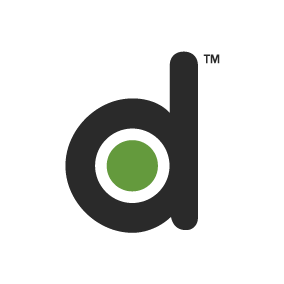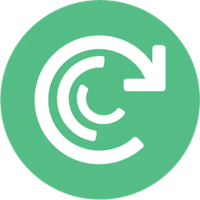The Objective and Key Result (OKR) framework has surged in popularity in recent years, with a catalyst of this framework being included in the Scaled Agile Framework 6.0 (SAFe 6) in mid-2023. In reality, this framework has been around much longer, and it really helps to align strategy to execution. The OKR framework encompasses 3 things: Objectives, Key Results, and Initiatives. As Digital.ai Agility users, you know the solution has included the notion of Objectives and Initiatives for many years, and now we’ve introduced Key Results to support real-time progress updates and tracking to keep business and technical teams on the same page.
Before diving into specifics of the Agility implementation of OKRs, let’s take a brief look at the history and why they are important. Andrew Grove, CEO of Intel at the time) is credited with developing the OKR framework all the way back in 1968, he took the MBO framework from Peter Drucker and enhanced it. Andrew is credited as the father of the OKR framework, however it was John Doerr who brought the idea to mainstream. John joined Intel in 1974, where he learned the OKR framework, and later joined Kleiner Perkins as a venture capitalist. In 1999, Kleiner Perkins invested in a scrappy startup named Google, and John became an advisor. John presented the OKR framework to two young upstarts, Larry Page and Sergey Brin, and it took hold. And the rest is history. Larry and Sergey credit OKRs with much of Google’s success.
Ok, now we know where OKRs came from, but what are they. Let’s use a metaphor about travel to define what exactly goes into the OKR framework.
Objective – This is your destination. Let’s say you are driving from Washington, DC to New York, NY. New York is your objective, plain and simple. An Objective answers the question “Where do you want to go?”
Key Result – These are the mile markers and signposts that let you know you’re driving in the right direction and how far you are from your objective. Did I pass Baltimore, MD? How about Newark, NJ? How far is Newark from New York City? Key Results answer the question “How do I know if I’m getting there?”
Initiatives – These are what you do to make progress towards your objective. In our road trip example, do I need to get gas? Food? Maybe I’m sightseeing and need to spend a night somewhere. Initiatives answer the question “What do I need to do to get there?”
Here’s a simple table to refer back to indicating characteristics of the OKR framework:

Now that we have a pretty good primer on the OKR framework, let’s move into how Digital.ai Agility support this. Using Digital.ai Identity, users can access OKRs from the main menu.

From here, users can add, update, or delete OKRs, but only Admins can create new Sessions. Users can also filter this page by owner or session. Within Agility, a session is the timebox for an OKR and is user definable. Leadership can also quickly view all Key Results by opening the twisty icon next to each OKR.
After adding a new OKR, Agility prompts us to add some Key Results:

From our discussion above, let’s go ahead and add a Key Result to this new OKR. In our example, our Key Result will be specific and measurable.

I can keep this as committed or draft, and I can also go ahead and add more Key Results as needed.
The other activity I can do from this screen is update my progress. This is on a 0 to 100 scale, and Agility will display visual indicators that leadership will be able to quickly glance at to track progress over the session.
Eventually we want to get to something like this on the main page of the OKR screen. This indicates we’ve reached our destination.

I’ve covered the Objectives and Key Results portion in Agility thus far, let’s take a look at how Initiatives can support this. Initiatives help to tie execution to our Objectives as defined in the OKR framework.
Within Agility, Initiatives are Portfolio Items, this is common for any Enterprise Agile Planning (EAP) solution. Initiatives are long running work items that are typically broken down into Epics, which are then broken down into Features. Those Features are scoped to be planned into a Program Increment (PI) or Release to be completed in a 10-12 week timebox. Those Features then get further broken down into User Stories for teams to execute on week over week.
Within Agility, I can see this type of structure in the Portfolio Tree.

Here, we see an Initiative entitled “Creating New Digital Assets” that’s aligned to OKR as defined above. Now, our developers can work on User Stories associated to these Features, and therefore Initiatives, understanding that their work is closely aligned to company goals.
Review the documentation to get started with OKRs and be sure to provide feedback from your experience to help our team evolve functionality and enhance usability. These screens may be found within the Agility product.


